Planning and launching a community is a significant endeavour with many moving parts. When done correctly, the whole organization is bought in and working towards success. However, it can seem daunting if this is your first time launching a community. Who is responsible for what? Who has the final authority? Who needs to be consulted? Who needs to be informed? Welcome to the genius of the RACI matrix that will help answer those questions.
I am not sure when I learnt about the RACI matrix. Still, I can tell you that when it comes to community planning, it makes things much more organized because all the key stakeholders know precisely what is expected of them and what’s expected of you and your team.
So what is a RACI Matrix exactly?
It’s a chart that clearly defines the roles and responsibilities of you, your team and collaborative stakeholders. The R, A, C, and I in the name categorize each person’s duties, and RACI stands for Responsible, Accountable, Consulted, and Informed.
Why would you want to use one? Community building is complex, and there are many different elements to get right – and many people who may have opinions. This makes sure that there is a clear line of authority and who owns what. It should, in theory, make the launching and day-to-day decisions around the community much easier.
Now you may be wondering how you can get started. We have you covered, and we’ve created this incredible RACI Matrix, which is free. Get your copy below.

I have filled it in already for you, but please modify it for your specific situation and the deliverables that matter. Modify where the R, A, C, and I fall on the chart, and ensure the “Person” gets named. Add columns or rows as needed too. In short, adapt the matrix to your needs.
To help you decide what letter is appropriate for each person, here is a little more on each letter so you tag the right team member as appropriate.
Responsible (R)
This person is tasked with and responsible for getting the actual work done. This person is the one who is working hands-on to deliver the task.
Accountable (A)
This is not the person doing the work itself, but they are accountable for managing the completion of the work that happens by those responsible. They are also the “final approving authority” for completing the task.
Consulted (C)
This person is not doing the work but assists in providing information and support necessary for the person responsible for finishing their task or deliverable.
Informed (I)
This person is to be updated on the task’s progress or deliverable. This tends to be the senior management members who should know the project’s progress but do not need to get involved in the minutiae.
Getting Started with RACI
To get started, I would suggest you download the matrix and take the time to meet with your senior leader to get their buy-in to use it. They likely have heard of RACI Matrix, as project management teams frequently use it. Once you have their buy-in, I would create a meeting with critical stakeholders and fill in the chart. As you meet to fill in the matrix, here are some tips to ensure success:
- Ensure the person in the header is named – don’t leave it to a “department.”
- Be open to feedback to make changes/update the chart as needed – and communicate changes.
- Assign one person accountable – don’t cause paralysis by group approval.
- Ensure the person accountable has the authority to make sure the task is completed.
- Only have those necessary to be consulted involved – we don’t want the consultation to bog down completion.
- Make sure anyone on this chart is informed of their involvement – and have regular check-ins to modify as needed.
Once you have the document you are happy with, you can use your company’s project management software to assign tasks, or at the very least, a spreadsheet, to keep everyone clear on the expectations, deadlines and deliverables. With proper planning, this RACI Matrix should make the whole process more transparent – and help make your community-building journey a little easier.
——–
Article by Adrian Speyer – Vice President of Marketing & Community at Community Leaders Institute, and Author of The Accidental Community Manager

